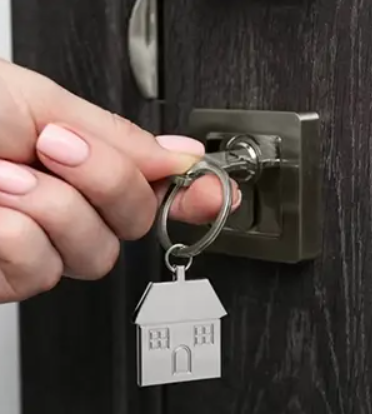Real estate postcards remain a valuable tool for reaching potential clients and creating awareness about your services. Their tangible nature makes them accessible to anyone checking their mailbox, offering a unique opportunity to stand out. To make the most of this medium, your postcard should feature a clear structure, targeted messaging, and eye-catching design that resonates with your audience.
Effective real estate marketing involves understanding specific niches and crafting postcards that speak directly to their needs. A well-designed postcard isn’t just about attractive visuals; it’s about delivering a clear, purpose-driven message that encourages the recipient to take action. Here’s how to create a postcard that engages and drives responses.
Start with a Headline That Connects Locally
The headline is the first thing people notice, so make it count. A headline that includes a local reference or market-related topic will grab attention and immediately establish relevance. Focus on something that speaks to homeowners’ interests, like a local property trend or a service tailored to their specific needs.
Keep the font bold and clear, placed at the top of the postcard to ensure visibility. This simple yet effective headline will prompt curiosity and lay the foundation for the rest of the message.
Craft a Clear, Concise Message
Once the headline grabs their attention, the body of your postcard should deliver a straightforward message. Keep the content simple, friendly, and easy to understand. Avoid jargon or complex terms that might confuse the reader.
Address the needs of your target audience—whether they’re first-time buyers, downsizers, or investors. Each group has unique concerns and desires, so tailor your message accordingly. For instance, first-time buyers may be looking for guidance on homeownership, while investors may seek information on potential returns.
Be clear in your tone and avoid overpromising. Trustworthy, informative content encourages readers to continue and engages them without overwhelming them.
Use Relevant, Local Visuals
The design of your postcard should complement the message, using visuals that reflect the local area or property market. High-quality images of familiar neighborhoods, landmarks, or homes will help make the postcard feel personalized and authentic. Avoid generic stock photos that don’t resonate with your target audience.
The layout should be clean, with adequate spacing between the text and images. This will guide the reader’s eyes through the content in a natural way, ensuring that the visuals enhance the message without distracting from it.
Include Authentic Client Testimonials
Social proof is a powerful tool in marketing. Including a testimonial from a satisfied client can add credibility and authenticity to your message. Use specific feedback that touches on the service or experience, rather than vague praise.
If possible, include the client’s name and the neighborhood they’re from to further personalize the testimonial. Bullet points can help highlight key takeaways in a concise manner, making it easy for the reader to digest.
Call to Action: Guide the Next Step
A successful postcard isn’t just about informing the reader—it’s about encouraging them to take action. Your call to action (CTA) should be clear, simple, and placed in a prominent position on the postcard. Whether you want the recipient to visit your website, scan a QR code, or call you directly, make sure the instruction is easy to follow.
Keep the tone neutral and informative, focusing on the next logical step. For example, “Call now to schedule your free consultation” or “Visit our website for more details.” Tailor the CTA to match the specific needs of the audience you’re targeting.
Make Contact Information Easy to Find
Once you’ve captured the reader’s attention and piqued their interest, make it easy for them to get in touch. Place your contact information in a visible spot, preferably toward the bottom or corner of the postcard, with ample space around it for readability.
Provide multiple ways for readers to reach you—phone, email, or website. QR codes are also a great option if they’re clearly labeled and easy to scan. Avoid cluttering the postcard with excessive contact details; three options are usually sufficient.
Enhance Your Marketing Strategy with Professional Support
Working with a marketing professional or agency can further improve your postcard’s effectiveness. Experts can help refine your messaging, ensuring that it resonates with your target audience. Additionally, agencies can leverage data to tailor your campaigns based on customer behavior and preferences, ensuring each marketing piece delivers maximum impact.
Automation tools can also streamline the process, making follow-ups and further communication more efficient, giving you more time to focus on building relationships with clients.
Conclusion
A well-designed real estate postcard isn’t just about showcasing your services—it’s about creating a clear, compelling message that speaks to your audience’s needs. By following these simple guidelines—focusing on local relevance, clarity, appealing visuals, and a strong CTA—you can craft postcards that are not only eye-catching but also drive action. When executed thoughtfully, real estate postcards can be a powerful tool to connect with potential clients and grow your business.



